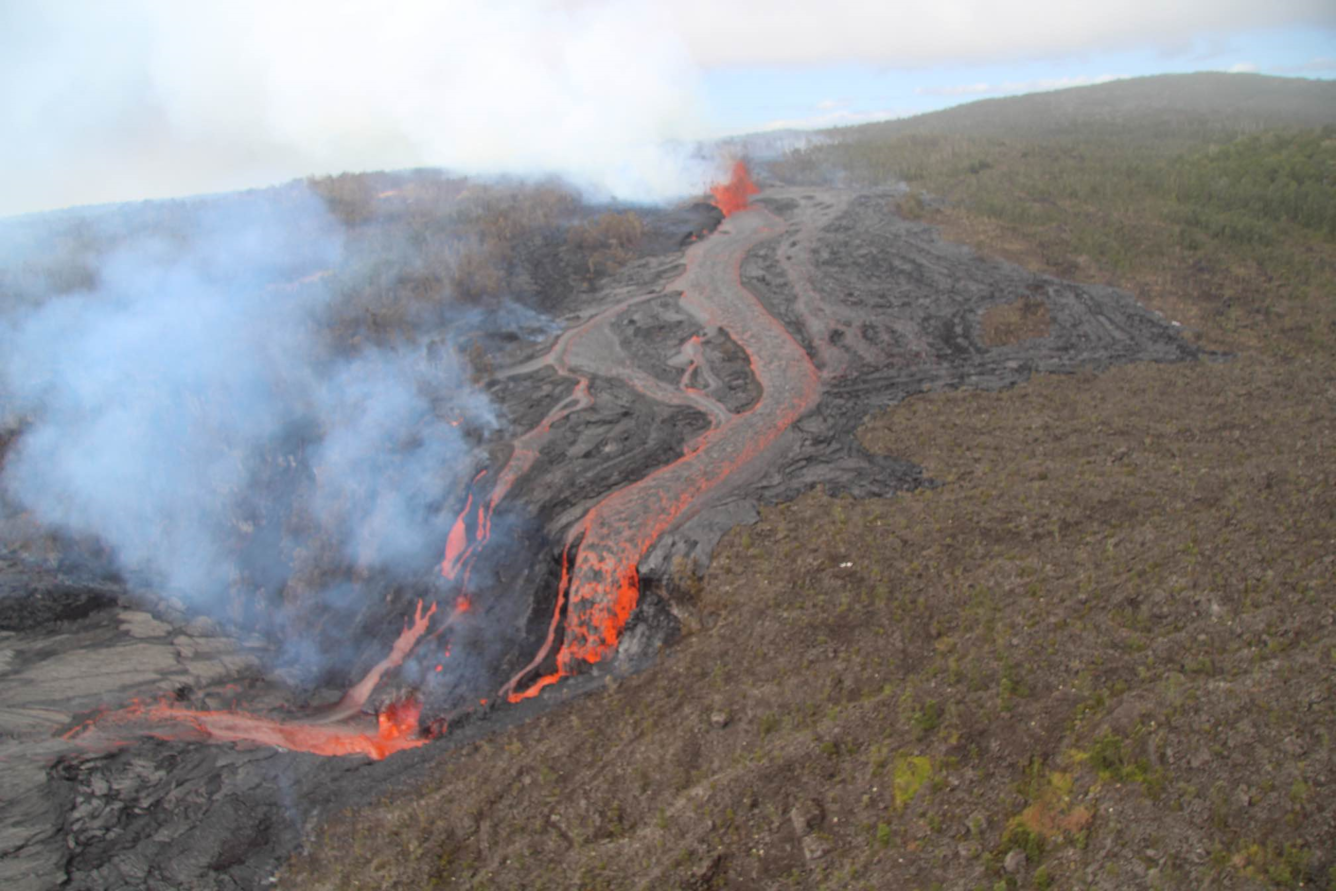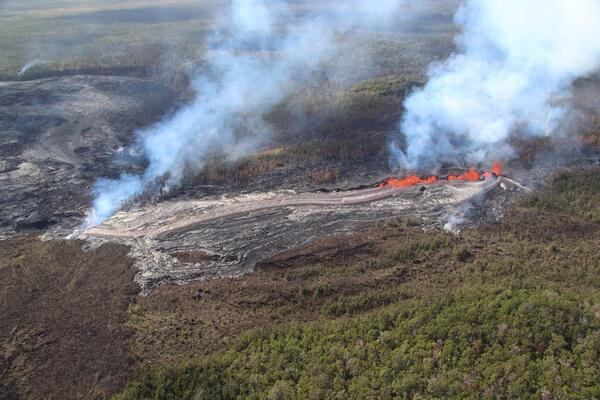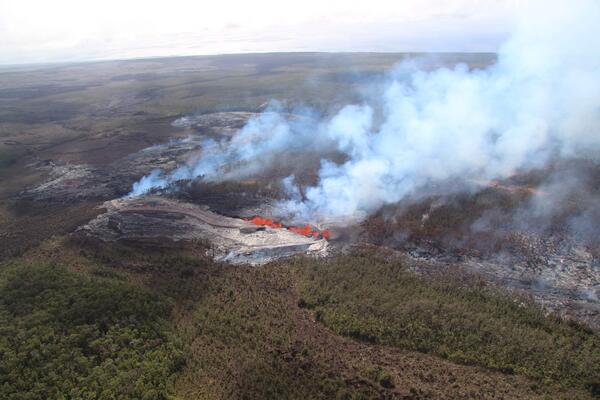Photo and Video Chronology —September 19, 2024, Kīlauea eruption near Nāpau Crater
Kīlauea volcano continues to erupt in Hawai’i Volcanoes National Park near Nāpau Crater on the remote middle East Rift Zone.
Last night, September 18, glow from the eruption was visible from Chain of Craters Road, which Hawaiʻi Volcanoes National Park reopened yesterday.
September 19 Overflight
September 19, 2024 — Thermal map of eruption on Kīlauea East Rift Zone
Get Our News
These items are in the RSS feed format (Really Simple Syndication) based on categories such as topics, locations, and more. You can install and RSS reader browser extension, software, or use a third-party service to receive immediate news updates depending on the feed that you have added. If you click the feed links below, they may look strange because they are simply XML code. An RSS reader can easily read this code and push out a notification to you when something new is posted to our site.











